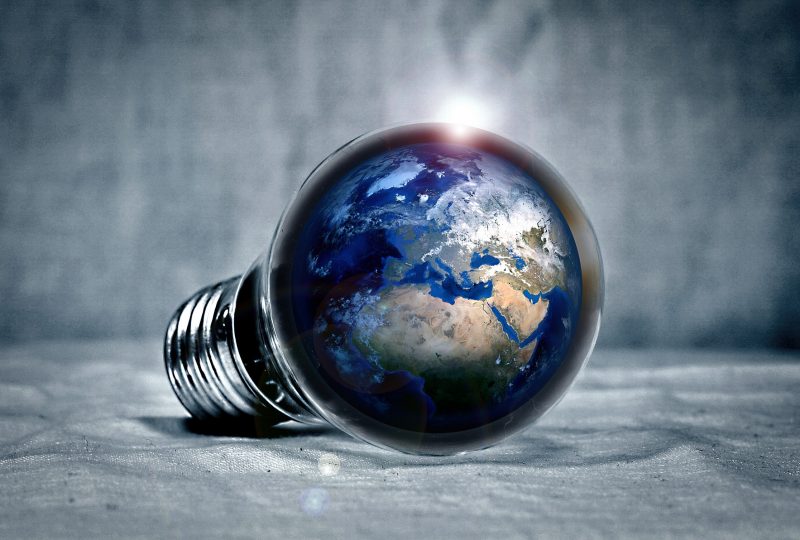Italy leads the effort to harness the energy of the sun
16 October 2019 | Written by La redazione
Our country wins over 50% of the value of calls for high-tech components of the ITER project, which seeks to develop nuclear fusion technology

The next big step forward for human civilization could be precisely the one traced by ITER, which not by chance means path (besides being the initials of International Thermonuclear Experimental Reactor). This is the search for the recipe to make nuclear fusion work – the same process that powers the stars -, a sector in which Italy is one of the leading states. With over 1.2 billion contracts acquired for the construction of the first fusion power plant in the world, the Italian high-tech industry has reached a new milestone, strengthening its leadership in this international project.
The role of Italy. “Italian companies have managed to win supply and service contracts for a total value second only to that of France if civil works and infrastructure are also considered,” says Johannes Schwemmer, Director of F4E, Fusion for Energy – the EU agency that manages the European contribution to the construction of ITER. A significant result, given that the orders are awarded on competitive bids, selecting the best offer according to technical-economic criteria. According to Schwemmer, the strong competitiveness of Italian companies in the field of fusion arises from “ability to innovate developed over the years” but also on the presence of “high quality” national research institutions and involves “very positive repercussions on growth and employment”.
The economic repercussions. The ITER project, like any major project, has important economic, social and occupational consequences that lead to the implementation of new strategies, vision and innovative processes by the companies involved. The benefits, in a sample of 26 companies that won ITER contracts from 2007 onwards, are of various kinds: 93% of companies declared to have developed innovative technical skills, new processes (73%) and new products or patents (14 %). 67% have adopted new organizational and production standards and almost all have invested in the territory, at the local or regional levels, for example by outsourcing some services or creating components. And all have hired new highly qualified personnel, mainly engineers.
The energy of the Sun. The ITER project is ambitious. It aims to develop an experimental nuclear fusion reactor capable of starting a process capable of self-sustaining and at the same time capable of generating energy at low cost and, above all, with virtually no environmental impact. The by-product of the reaction, in fact, are not radioactive waste like in nuclear fission power plants, or greenhouse gases, as happens in those with fossil fuels. The fusion process, the same that feeds our Sun and all the stars, transforms deuterium and tritium, two isotopes of hydrogen, in helium-4, an inert, non-radioactive and non-greenhouse gas. The main difficulty of the fusion is in the very high temperatures. In fact, there is no material capable of containing the incandescent plasma which is then confined thanks to the use of very high-intensity magnetic fields.





